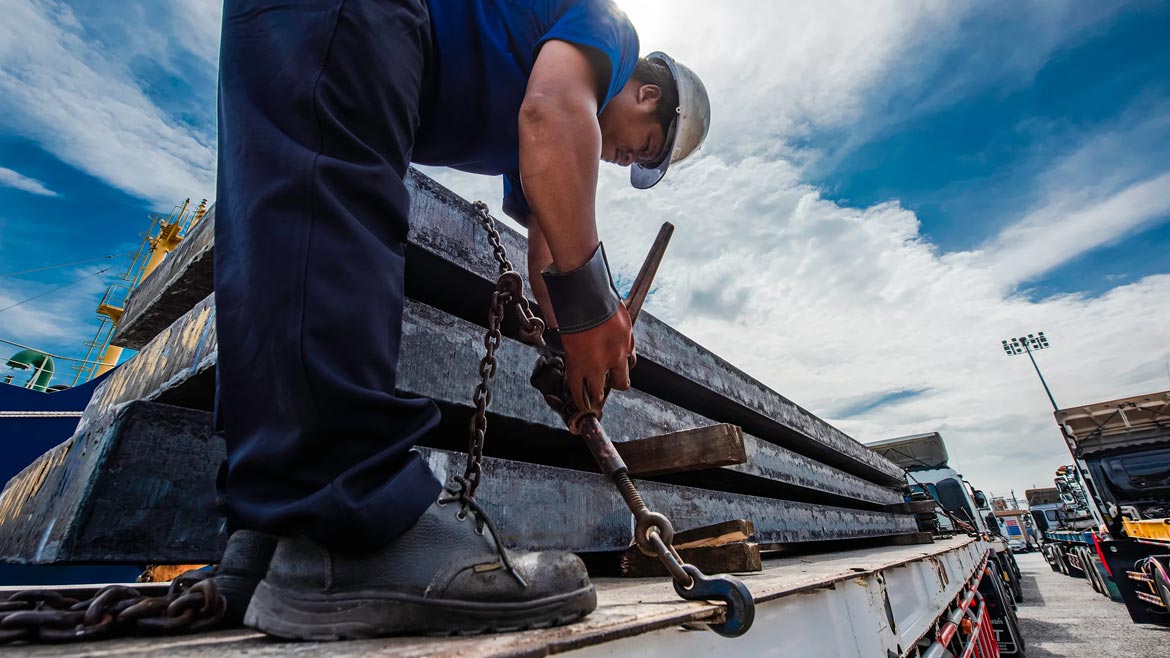Cargo securement is a critical aspect of truck driving that often goes overlooked until it’s too late. Improperly secured cargo can lead to accidents, injuries, and property damage. As a truck driver, it’s your responsibility to ensure that your load is properly secured before hitting the road.
Why is Cargo Securement Important?
- Safety: Improperly secured cargo can shift during transit, leading to accidents. It can also cause the load to fall off the truck, endangering both the driver and other motorists.
- Legal Compliance: Federal regulations mandate specific standards for cargo securement. Failure to comply can result in hefty fines and penalties.
- Property Damage: Unsecured cargo can damage the truck and its contents. It can also cause damage to other vehicles and property along the route.
Best Practices for Cargo Securement
- Inspect the Load: Before securing your cargo, inspect it thoroughly for any damage or defects. Ensure that the load is compatible with the truck’s cargo area and that the weight is evenly distributed.
- Choose the Right Equipment: Use the appropriate equipment for securing your cargo. This may include chains, straps, winches, or specialized securement devices.
- Follow Securement Guidelines: Adhere to the manufacturer’s guidelines for using securement equipment. Pay attention to recommended tension, spacing, and attachment points.
- Consider the Load’s Characteristics: The type of cargo you’re transporting will influence the securement method. For example, heavy, bulky loads may require additional support or specialized equipment.
- Check for Movement: After securing the cargo, inspect it again to ensure that it doesn’t move or shift. If necessary, make adjustments to the securement system.
- Inspect Regularly: During your trip, periodically check the securement system for any signs of wear or damage. If you notice any issues, stop and address them immediately.
Common Cargo Securement Mistakes
- Overloading: Exceeding the truck’s weight capacity can make it difficult to secure the load properly.
- Improper Equipment: Using the wrong equipment or failing to use enough securement points can lead to unsecured cargo.
- Insufficient Tension: If the securement straps or chains are not sufficiently tight, the cargo can shift during transit.
- Incorrect Attachment Points: Attaching securement devices to the wrong points on the truck can compromise the security of the load.
Additional Tips
- Plan Ahead: If you’re transporting a particularly challenging or unusual load, plan ahead and research the appropriate securement techniques.
- Seek Professional Help: If you’re unsure about how to secure a specific type of cargo, don’t hesitate to seek advice from a professional or experienced driver.
- Stay Informed: Keep up-to-date with the latest regulations and best practices for cargo securement. Attend training sessions or workshops to improve your skills.
By following these guidelines and prioritizing cargo securement, you can help ensure the safety of yourself, other drivers, and your cargo. Remember, properly secured cargo is not only a legal requirement but also a vital component of responsible truck driving.

